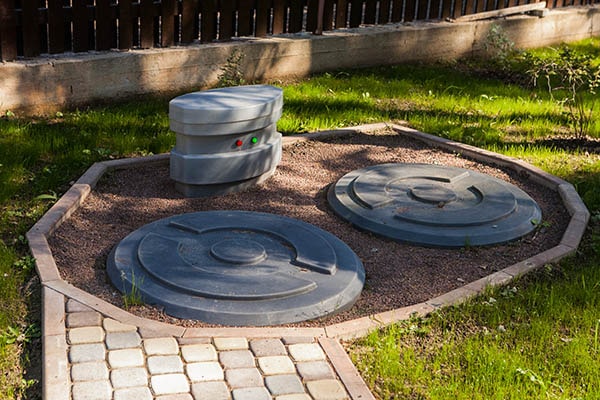
Owning a home comes with a host of responsibilities, and among them are managing essential utilities like septic systems and wells. While they may not be the most glamorous topics, understanding how these systems work and how to maintain them properly is crucial for ensuring the health and functionality of your home. In this guide, we’ll cover the basics of septic systems and wells, helping you become a more informed homeowner.
Septic Systems:
Septic systems are common in areas where municipal sewage systems are not available. They consist of a septic tank buried underground and a drain field. Here’s how they work:
Septic Tank: Waste from your home flows into the septic tank, where solids settle at the bottom and grease and oils float to the top. Bacteria in the tank break down the organic matter.
Drain Field: Liquid waste (effluent) flows from the septic tank into the drain field, where it is naturally filtered through soil and returned to the groundwater.
Maintenance Tips:
Schedule regular inspections and pumping every 3-5 years to prevent buildup of solids in the tank. This can cost approximately $350-$400.
Avoid flushing non-biodegradable items like wipes, feminine hygiene products, and paper towels.
Be mindful of what goes down the drain and limit the use of harsh chemicals that can disrupt the bacterial balance in the tank.
Wells:
Wells are a common source of water for homes located in rural or remote areas. They tap into groundwater reservoirs and supply water to the household. Understanding how wells function is essential for ensuring a safe and reliable water supply:
Aquifer: Wells draw water from underground aquifers, which are layers of permeable rock or sediment that hold water.
Pump System: A pump is used to bring water from the well to the surface and into your home’s plumbing system.
Maintenance Tips: Test your well water regularly for contaminants such as bacteria, nitrates, and other pollutants.
Inspect the well cap and casing for signs of damage or deterioration and ensure they are properly sealed to prevent contamination.
Avoid storing hazardous materials near the well, as spills or leaks can pollute the groundwater.
Conclusion:
Septic systems and wells may not be the most glamorous aspects of homeownership, but they are essential for maintaining a safe and healthy living environment. By understanding how these systems work and following proper maintenance guidelines, you can ensure the longevity and efficiency of your home’s utilities. Remember, when it comes to septic systems and wells, prevention is key, so don’t wait until a problem arises-take proactive steps to keep your systems running smoothly.
We hope this guide has provided valuable insights into septic systems and wells, empowering you to be a more informed homeowner. If you have any questions or concerns about your septic system or well, don’t hesitate to contact a qualified professional for assistance.

 Facebook
Facebook
 X
X
 Pinterest
Pinterest
 Copy Link
Copy Link
